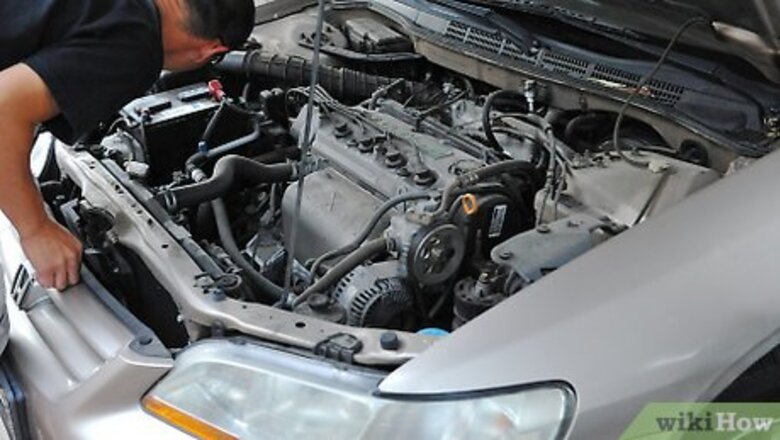
views
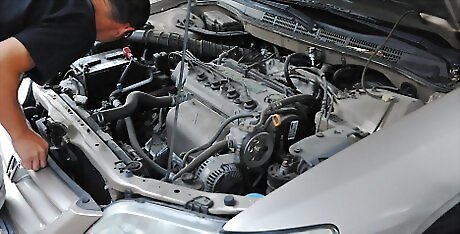
Listen for squealing sounds from the engine when you drive. These sounds likely mean one or more belts are worn, loose or damaged.
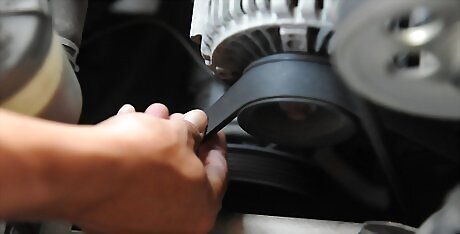
Check belts for signs of wear. You need to do more than just visually inspect the belts. Pinch, squeeze and twist them, looking for cracks, fraying, splits or brittle places. On a serpentine belt, also look for missing grooves or places where the belt's layers have separated.
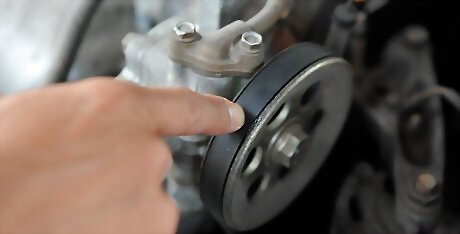
Check your belts for places where the rubber is slick or glazed in appearance. Slick spots can cause a belt to slip and may be precursors to overheating and cracking.
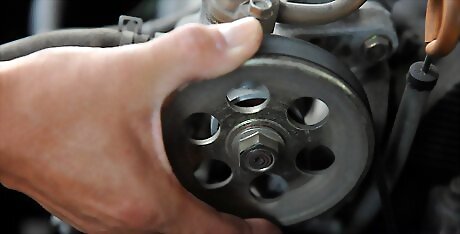
Inspect the pulleys. Look for a buildup of rubber deposits, as well as worn spots that could catch the belt and cause it to break. Also check the belts' alignment on the pulleys. They should line up straight on the pulleys.
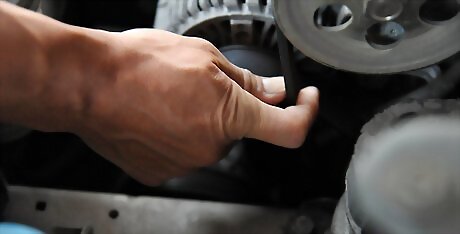
Check the belt tension. Check the tension on the longest length of the belt; there should be no more than one-half to one inch (1.25 centimeters to 2.5 centimeters) of give.

















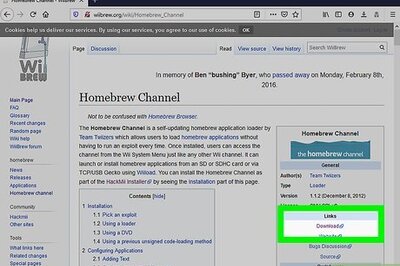
Comments
0 comment